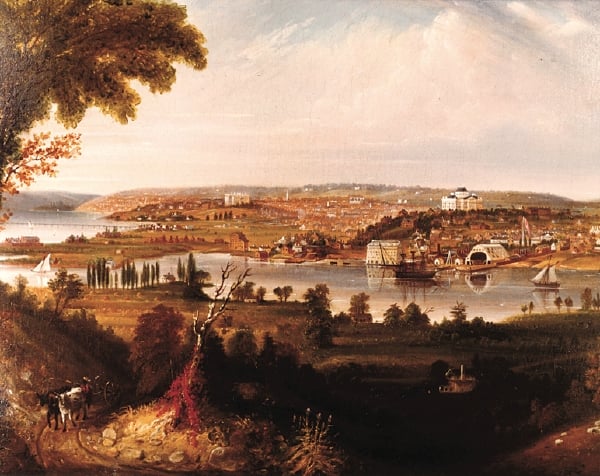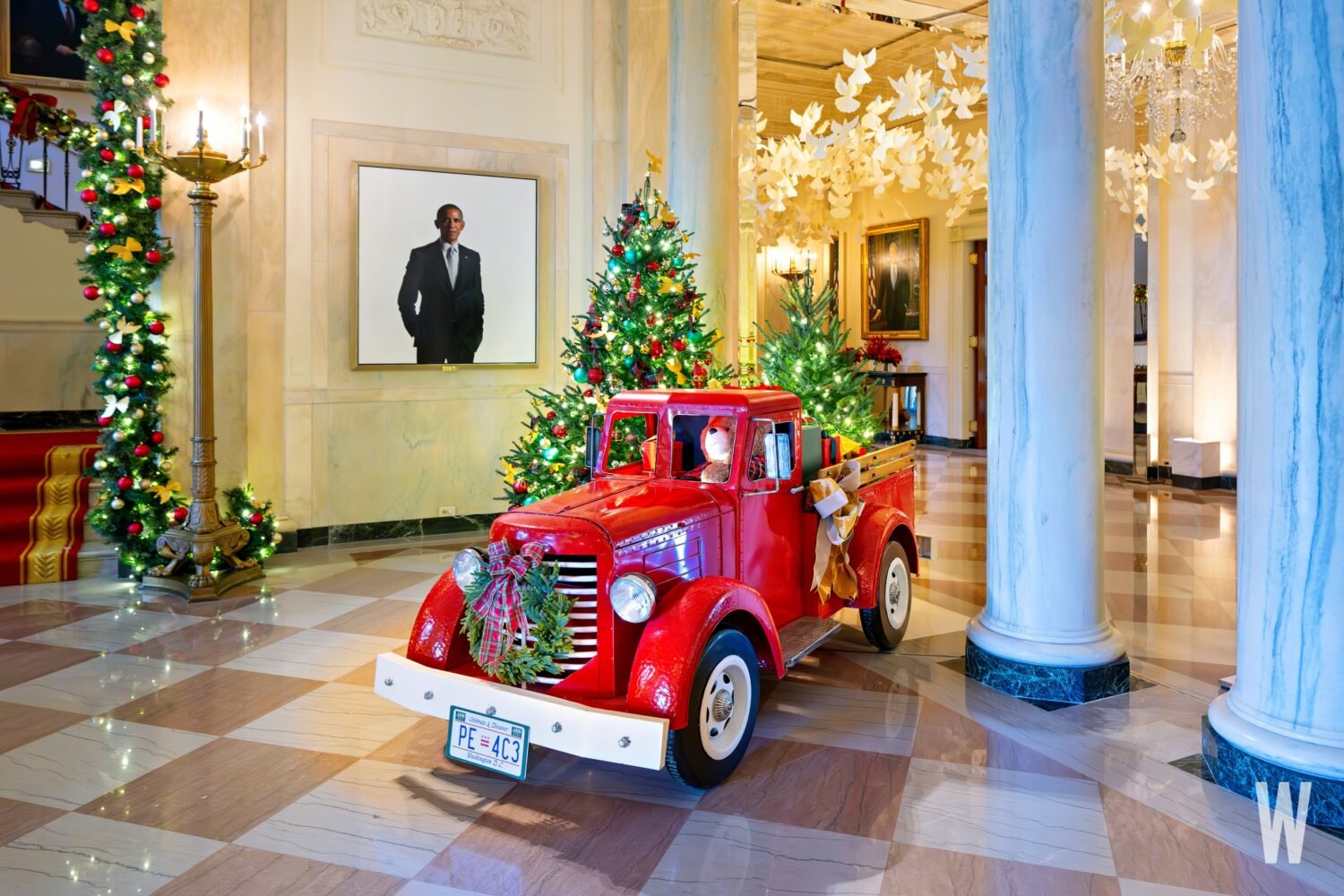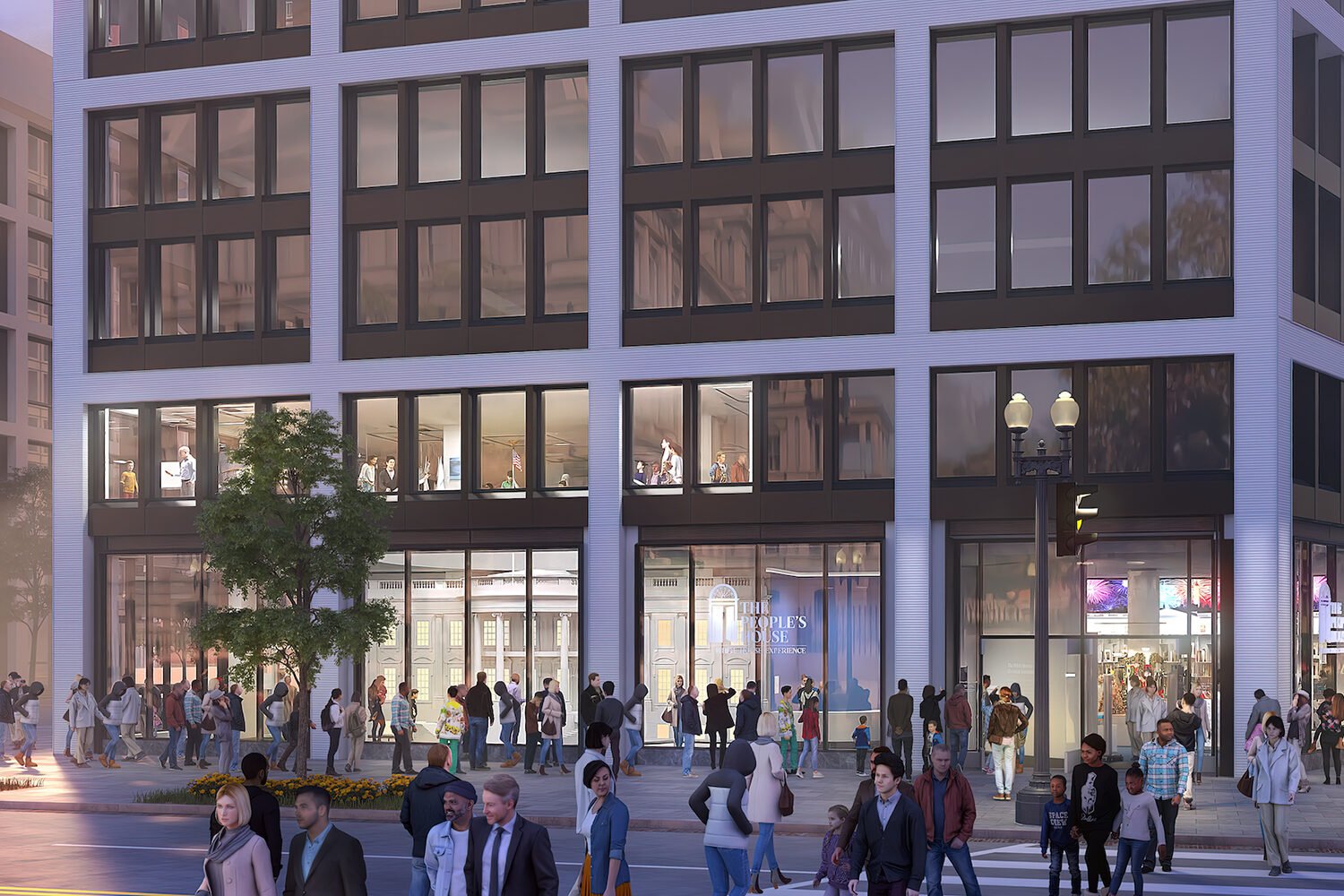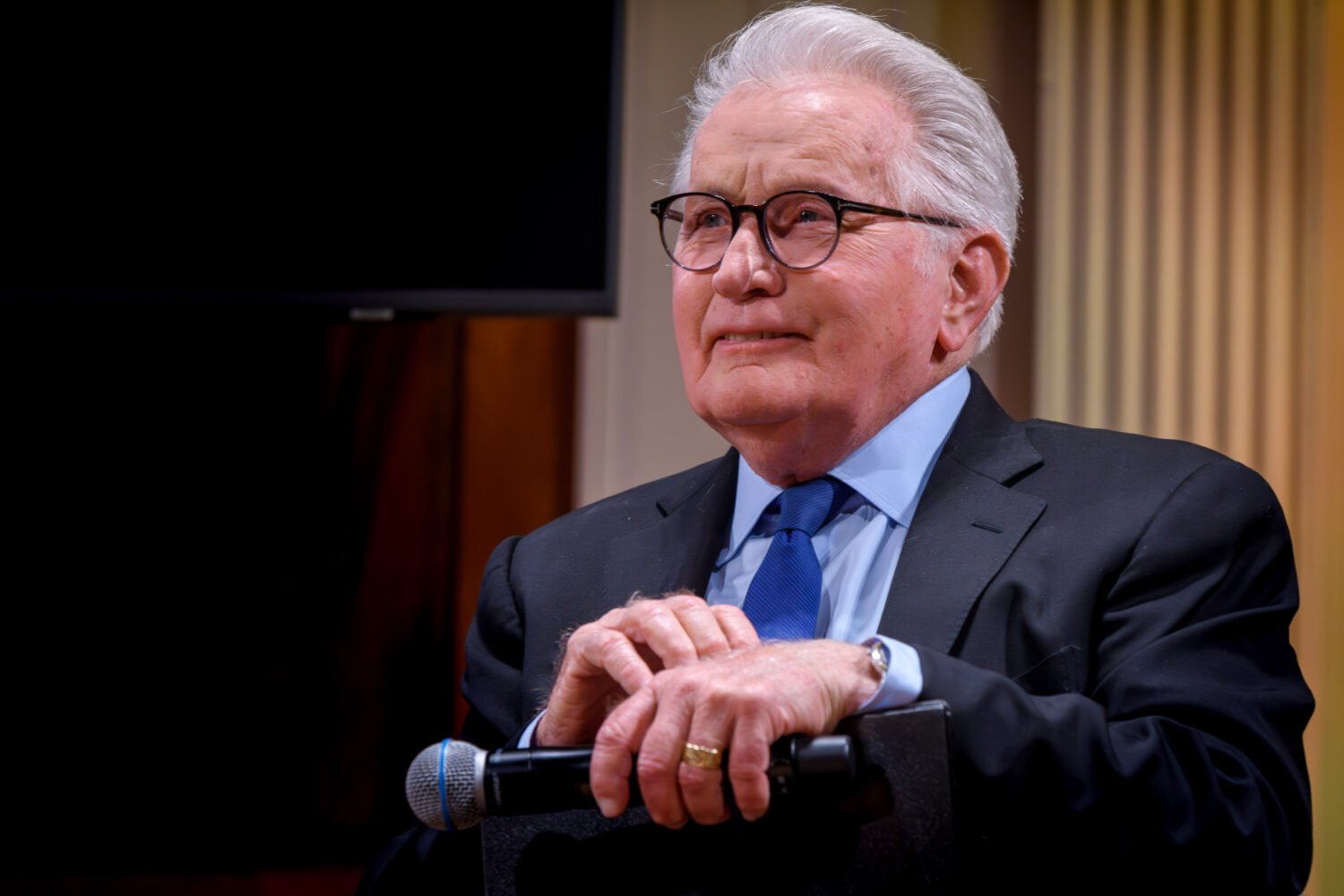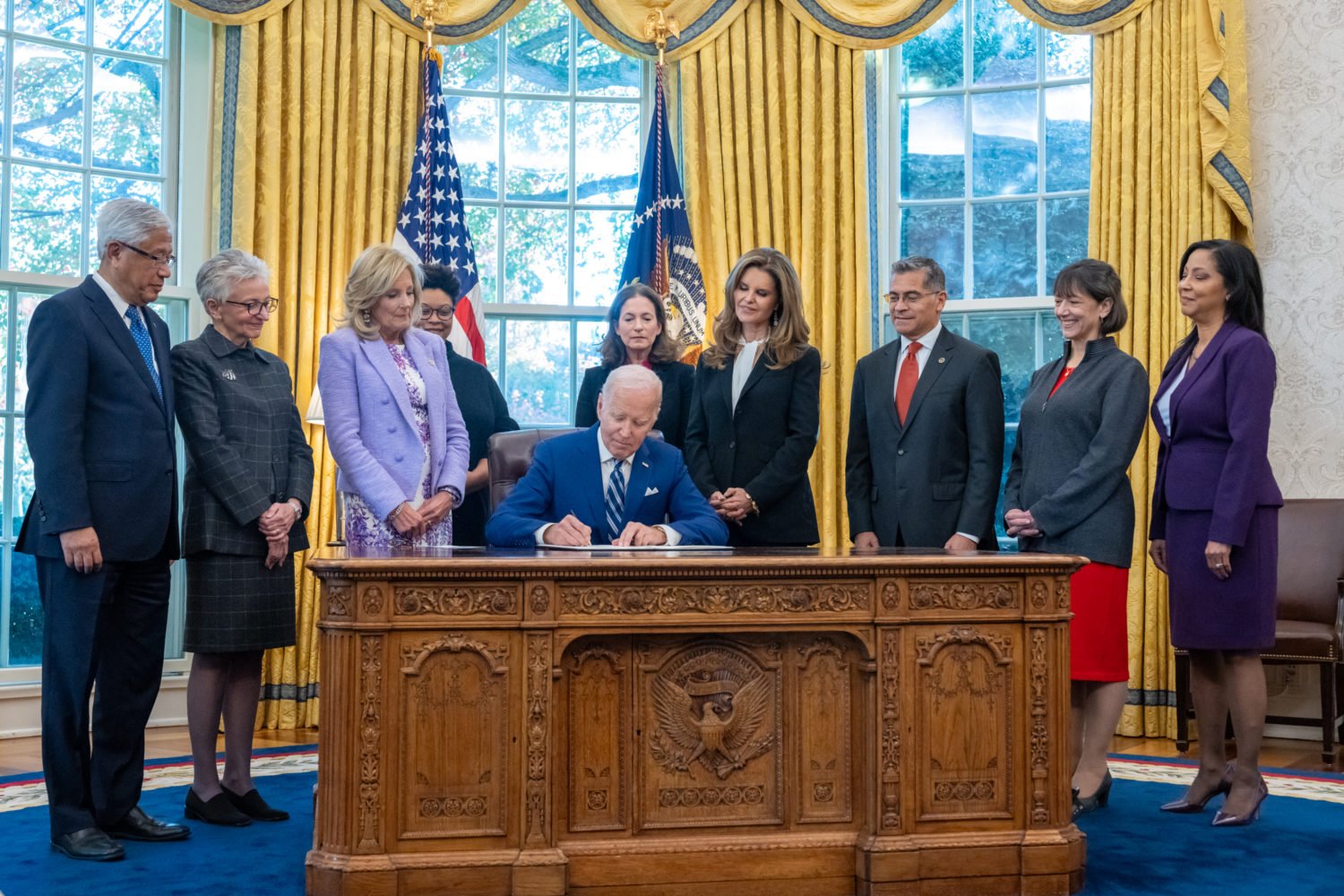Some Washingtonians know where to find sweeping views of their city. Head up Anacostia ridge—Frederick Douglass’s house has very impressive sightlines. Few residents and fewer tourists ever visit the area. And yet every time Barack Obama looks up from his desk, he can catch a glimpse of that panoramic vista in a 19th-century painting that adorns his new office.
The Oval Office has always been more than a presidential work space. It’s a stage set, too, a backdrop for talks with foreign dignitaries and for TV broadcasts. The office’s artwork and furniture are the mise en scène of history, tailored to each occupant’s taste and image.
Obama, said to have paid close attention to the decoration of his Senate office, moved into the White House with a light touch. He made a conservative decision to keep many of George W. Bush’s furnishings, including a mid-five-figures rug commissioned by Laura Bush.
A bruising of tender transatlantic sensibilities during Obama’s first weeks in office proved the wisdom of a go-slow approach: When the White House gave back to the British government a bust of Winston Churchill that Bush had put in the Oval Office, the action heightened Britain’s status anxiety.
The art currently on display is, like the young administration, a work in progress. Prominent visitors from the mountain West, a growth area for Democrats, might be impressed to see Thomas Moran’s “Three Tetons” back in the President’s office after it spent the last administration in Dick Cheney’s, but the rather puny landscape doesn’t do real justice to either artist or subject.
There’s talk that Obama would like to bring modern American art into the White House, perhaps even to his office’s formal confines. Meanwhile, he’s quietly introducing pieces from his own collection. Not far from the usual array of family photos on a table behind his desk, a bookshelf displays his framed official program from the 1963 March on Washington, where Martin Luther King Jr. gave his “I have a dream” speech.
So far ignoring his hometown of Chicago, that early city view of Washington with the White House in the distance is complemented by a pair of patriotic New York City paintings. They flank the famous Resolute desk—made from timbers of the ship of that name and given by Queen Victoria to President Rutherford B. Hayes—which was used by John F. Kennedy, among others. On the east wall is a Childe Hassam flag painting of Fifth Avenue in the rain from World War I. Opposite it is a corny Norman Rockwell illustration of the Statue of Liberty. Painted for a Saturday Evening Post cover shortly after World War II, it features a racially mixed work crew polishing the torch and was visible directly behind Obama in his first big network interview as President, on CBS’s 60 Minutes.
The portraits of Abraham Lincoln (whose bust is also on display) and George Washington are Oval Office standbys. Another Bush-administration holdover is Frederic Remington’s “Bronco Buster.”
The National Portrait Gallery was the source of Obama’s most notable decorative initiative: his decision to install a bust of Martin Luther King Jr. by Charles Alston, a Harlem Renaissance artist. The life-size bronze, cast in 1970, has been erroneously described as the first image of an African-American to be put on display at the White House. It isn’t even the first King bust by an African-American artist in the Oval Office.
A small King sculpture by Jonas Perkins, a Texas artist, was placed in the Oval Office by Bill Clinton, who was always proud whenever he heard African-Americans refer to him as “our first black President.”
This article first appeared in the May 2009 issue of The Washingtonian. For more articles from that issue, click here.
More>> Capital Comment Blog | News & Politics | Society Photos

